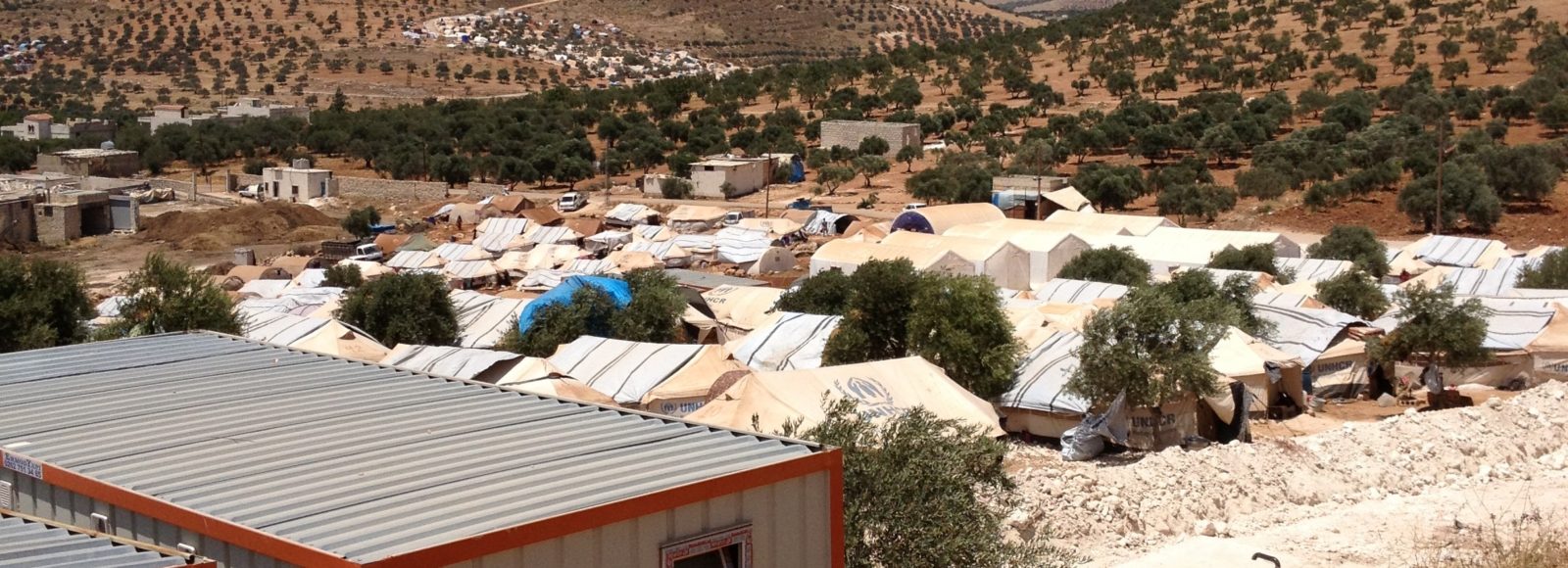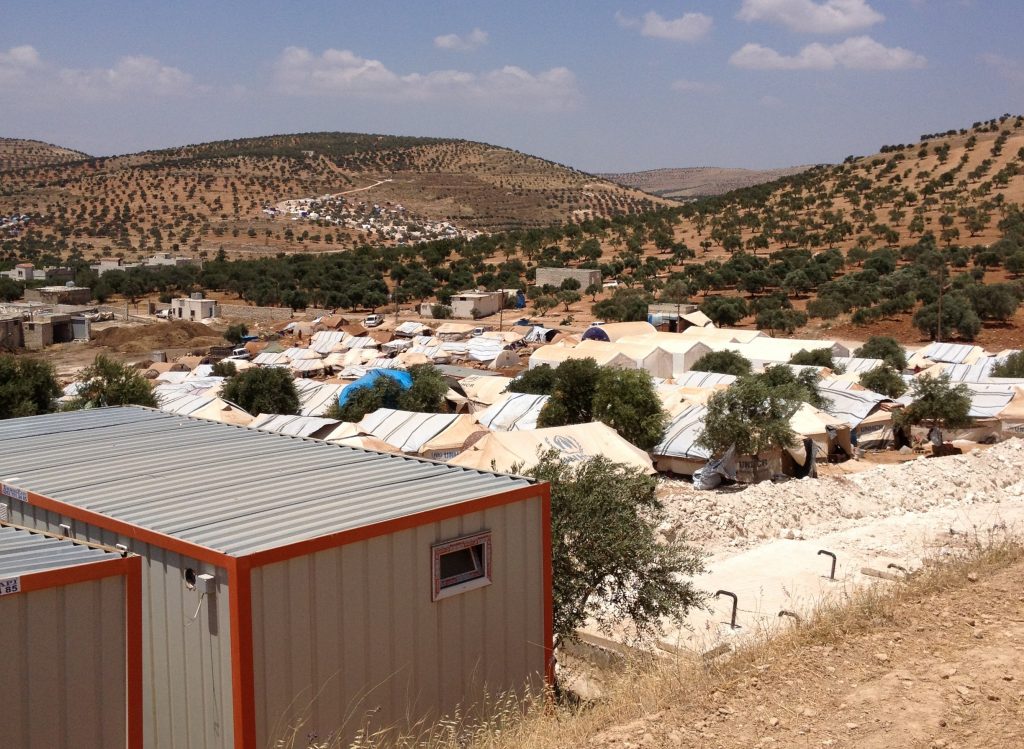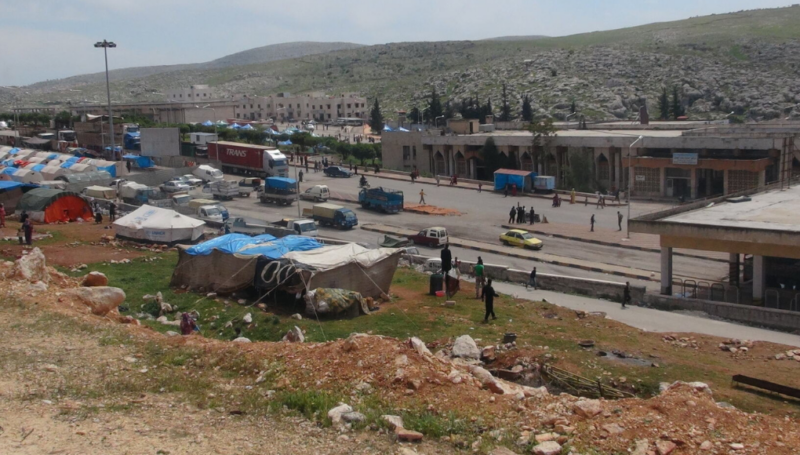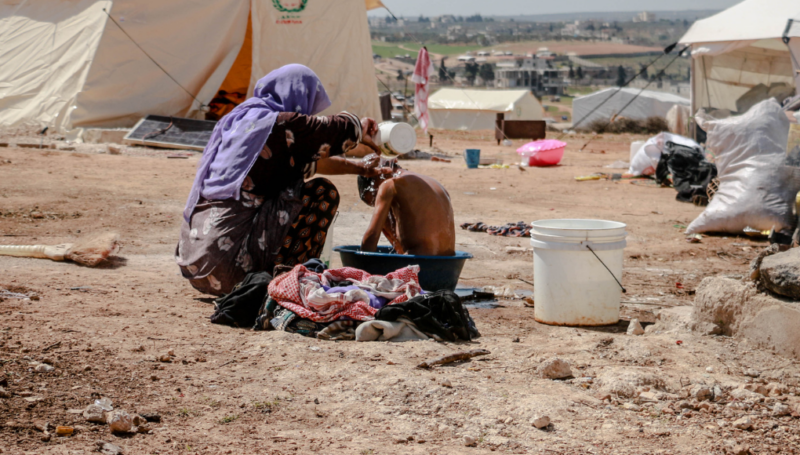Since the beginning of the conflict in Syria, Hama governorate has been affected by conflict and witnessed intensified fighting in the second half of 2017. This resulted in access restrictions to food, healthcare, water and fuel, with an estimated 100,000 people in acute need of humanitarian assistance according to the 2018 Humanitarian Needs Overview. Intensification of conflict led in parallel to large displacement, with 230,000 newly displaced people between January and November 2017, of which 62,000 displaced within the governorate according to the Internally Displaced Persons (IDP) Whole of Syria Task Force.
Due to the persistent conflict and rapidly changing local political dynamics, information on the population’s humanitarian situation and needs remains limited and challenging to gather. REACH monitors the humanitarian situation in Hama through monthly needs assessments as part of the Humanitarian Situation Overview in Syria (HSOS) project. Building on the Hama governorate multi-sectoral factsheets, REACH released a trends analysis report (covering July through November 2017), examining major trends across sectors in six northern Hama sub-districts, to shed light on the deterioration of humanitarian conditions in the governorate as well as inform humanitarian actors on past developments that may be used to forecast potential future needs.
According to REACH findings, heightened conflict and insecurity in northern Hama led to significant declines in pre-conflict population in assessed sub-districts, with less than a quarter of the original population remaining in a number of assessed communities by November. During the assessment period from June to November, access to electricity and to water decreased resulting in an increased reliance on generators, and specific communities reporting no source of electricity at all as well as insufficient water quantities. Access restrictions on both fuel and water were attributable to conflict dynamics and resulting damage to or shifts in power over electricity and water stations.
Availability of medical items was also a concern, with unavailability of conflict-related items such as clean bandages and blood transfusion bags, mainly in areas where conflict escalated during the assessment period. A marked increase in the need for anti-anxiety medication and psychiatric care was found across all assessed communities. Access to food was also challenging, due to price fluctuations and a decrease in local food production, leading to increase in severe food-based coping strategies such as going days without eating.
REACH will continue to monitor changes in Hama governorate and publish monthly, multi-sectoral governorate overviews of the humanitarian situation to inform humanitarian actors on changing needs, enabling aid actors to provide the most effective assistance possible.
For a more comprehensive analysis of trends across sectors in the second half of 2017 in Hama governorate, please visit the REACH Resource Centre to read the full Hama Trend Analysis Report.
Following please find the Humanitarian Situation Overview in Syria (HSOS) of Hama Governorate Factsheets of December 2017 and January 2018.










